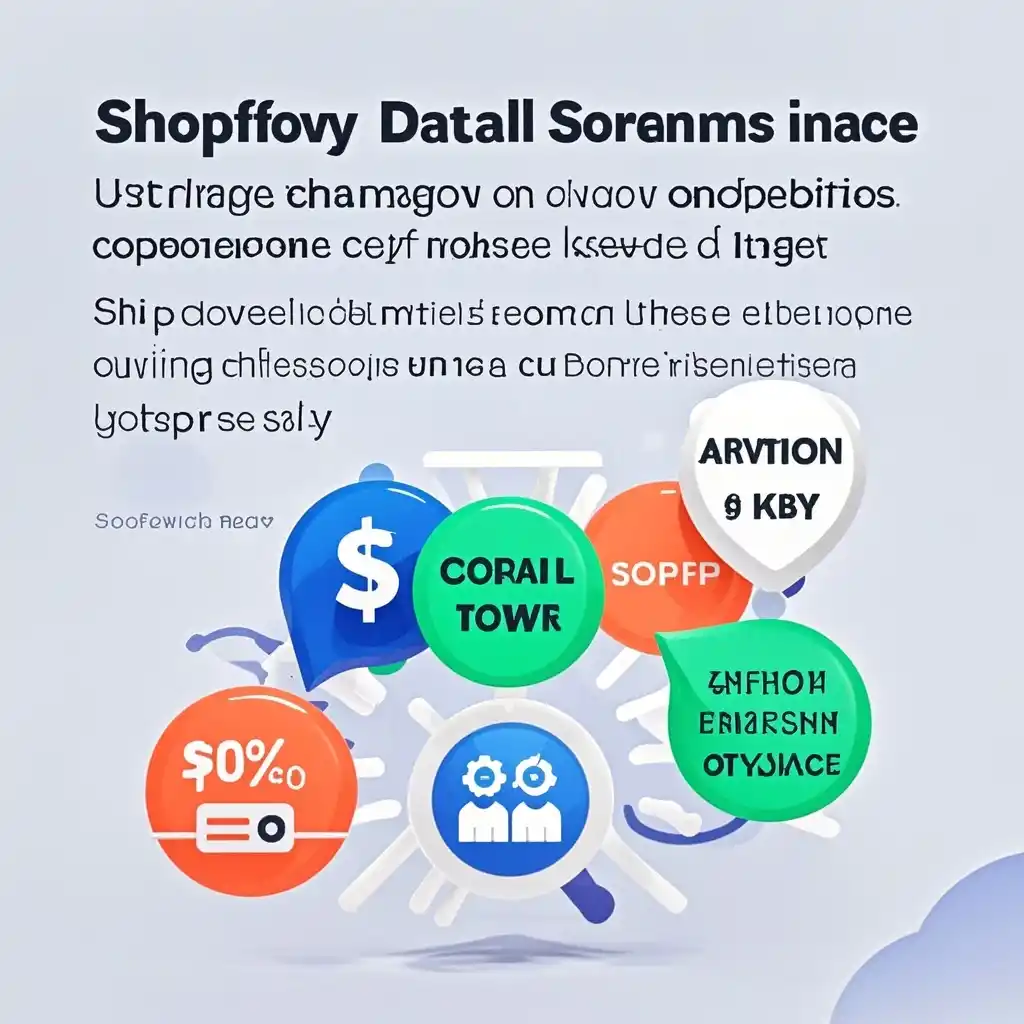

In the world of e-commerce, running a Shopify store can be both exciting and challenging. Many Shopify sellers have been facing a significant hurdle lately - high tariffs. These tariffs have a direct impact on the price competitiveness of products, which in turn affects the conversion rate of Shopify stores. But don't worry! In this practical guide, we'll explore how you can boost your Shopify store's conversion rate despite these high tariffs.
Background
Tariffs are essentially taxes imposed on imported goods. For Shopify sellers who source their products from overseas or deal with products that are subject to these additional charges, it means higher costs. When the costs go up, it becomes difficult to maintain the same price points that were attractive to customers before. As a result, customers might be deterred from making a purchase, leading to a decline in the conversion rate. For example, let's say you run a Shopify store that sells trendy clothing items. You used to source a particular line of dresses from a manufacturer overseas at a reasonable cost. But with the introduction of high tariffs on textile imports, the cost of each dress has increased by 20%. To maintain your profit margin, you either have to increase the selling price or absorb the cost, both of which can have a negative impact on your conversion rate.
The Challenges
Price Sensitivity: Customers are generally price-sensitive, especially in the highly competitive e-commerce landscape. When they see a significant increase in the price of a product due to tariffs, they are likely to look for alternatives elsewhere. This makes it tough to retain existing customers and attract new ones.
Profit Margin Compression: As mentioned earlier, if you choose not to pass on the full cost of the tariffs to the customers, your profit margin gets squeezed. This leaves you with less room for marketing, improving your store's features, or investing in other growth strategies.
Competitive Disadvantage: Competitors who might have found ways to mitigate the impact of tariffs or those who source locally and are not affected by these charges can gain a competitive edge. They can offer similar products at a lower price, making it harder for your Shopify store to stand out.
Optimization Strategies
Value Proposition Reinforcement: Instead of focusing solely on the price, emphasize the unique value your products offer. Highlight features like quality, durability, ethical sourcing, or exclusive designs. For instance, if you sell handmade jewelry, you could showcase the craftsmanship that goes into each piece, the use of high-quality materials, and the story behind the artisans who create them. This way, customers will see that they are getting more than just a piece of jewelry; they are investing in a unique and valuable item.
Customer Service Excellence: Provide outstanding customer service to differentiate your store. Respond promptly to inquiries, offer hassle-free returns, and go the extra mile to solve any issues customers may have. A case in point is a Shopify store that sells home decor items. They received a complaint from a customer about a damaged vase. Instead of just offering a replacement, they sent a handwritten apology note along with the new vase and a small gift. The customer was so impressed that they not only gave a five-star review but also became a repeat customer and recommended the store to friends.
Targeted Marketing: Segment your customer base and target your marketing efforts accordingly. Identify the customers who are less price-sensitive and focus on promoting your products to them. You can use data analytics tools available on Shopify to understand your customers' buying behavior, preferences, and demographics. For example, if you sell luxury skincare products, you might target customers who have previously purchased high-end beauty items, as they are more likely to be willing to pay a premium for quality products.
Product Bundling: Bundle related products together and offer them at a discounted price compared to buying each item separately. This gives customers the perception of getting a good deal while also allowing you to maintain your profit margin. Let's say you run a Shopify store that sells fitness equipment. You could bundle a set of dumbbells with a workout mat and a resistance band and offer it at a 15% discount compared to the individual prices. This can increase the average order value and potentially boost the conversion rate.
Optimize Website Performance: A slow-loading website can drive customers away. Ensure that your Shopify store is optimized for speed, has a clean and intuitive layout, and is mobile-friendly. Use high-quality images that are compressed to reduce loading times. A study showed that a one-second delay in page loading can result in a 7% reduction in conversions. So, if your store takes too long to load, you could be losing out on a significant number of potential customers.
Summary
High tariffs pose a real challenge to Shopify sellers when it comes to maintaining a high conversion rate. However, by implementing the optimization strategies we've discussed, such as reinforcing your value proposition, providing excellent customer service, targeting your marketing, bundling products, and optimizing your website performance, you can overcome these challenges. Remember, it's not just about the price; it's about creating a memorable shopping experience for your customers. By focusing on these aspects, you can boost your Shopify store's conversion rate even in the face of high tariffs and continue to grow your e-commerce business successfully.